

Zoran(2023)
The story of the circumstances in which Zoran matured as an artist, learning from the best. Zoran is a master at turning every seemingly difficult situation into an opportunity. And it does it all with incredible ease. His sculptures are alive. That is why the North American Indians gave him the Indian name Tunka Kitka - The man who awakens the stone.
Movie: Zoran
Top 1 Billed Cast
Himself

Zoran
HomePage
Overview
The story of the circumstances in which Zoran matured as an artist, learning from the best. Zoran is a master at turning every seemingly difficult situation into an opportunity. And it does it all with incredible ease. His sculptures are alive. That is why the North American Indians gave him the Indian name Tunka Kitka - The man who awakens the stone.
Release Date
2023-01-01
Average
0
Rating:
0.0 startsTagline
Genres
Languages:
SrpskiKeywords
Similar Movies
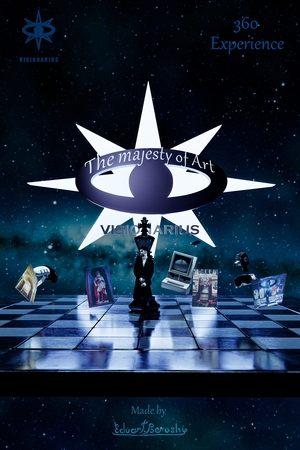 10.0
10.0The Majesty of Art(en)
A movie about an artist that had a vision about art and he had expressed that in his paintings, designs, fashion designs and photography and make virtual reality exhibition and virtual reality artworks that people can enjoy and feel it.
Reading Alistair MacLeod(en)
This feature doc profiles acclaimed writer Alistair MacLeod. Hailed internationally as a master of the short story, MacLeod also wrote a novel, No Great Mischief, which was celebrated around the world. Depicting men and women living out their lives against the haunting landscape that surrounds them, most of MacLeod's work is firmly based in Cape Breton even if his characters stray elsewhere. Focusing on the complexities and abiding mysteries at the heart of human relationships, MacLeod maps the close bonds and impassable chasms that lie between people and invokes memory and myth to celebrate the continuity of the generations. This film portrait explores the life and work of this giant of literature.
 7.6
7.6Packed In A Trunk: The Lost Art of Edith Lake Wilkinson(en)
The story of artist Edith Lake Wilkinson, a painter who was committed to an asylum in 1924 and never heard from again. All her worldly possessions were packed into trunks and shipped to a relative in West Virginia where they sat in an attic for 40 years. Edith's great-niece, Emmy Award winning writer and director Jane Anderson, grew up surrounded by Edith's paintings, thanks to her mother who had gone poking through that dusty attic and rescued Edith's work. The film follows Jane in her decades-long journey to find the answers to the mystery of Edith's buried life, return the work to Provincetown and have Edith's contributions recognized by the larger art world.
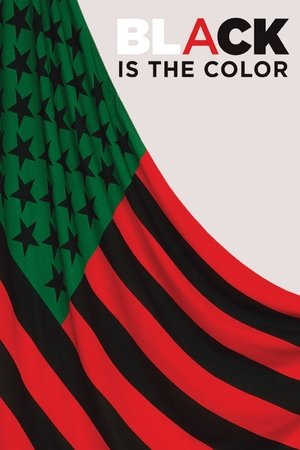 0.0
0.0Black Is the Color: African-American Artists and Segregation(fr)
Black Is the Color highlights key moments in the history of Black visual art, from Edmonds Lewis’s 1867 sculpture Forever Free, to the work of contemporary artists such as Whitfield Lovell, Kerry James Marshall, Ellen Gallagher, and Jean-Michel Basquiat. Art historians and gallery owners place the works in context, setting them against the larger social contexts of Jim Crow, WWI, the civil rights movement and the racism of the Reagan era, while contemporary artists discuss individual works by their forerunners and their ongoing influence.
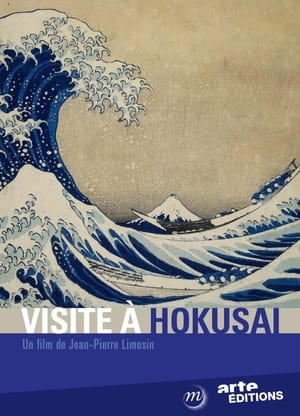 6.0
6.0A Visit to Hokusai(fr)
A look at the work of Japanese woodblock printing artist Katsushika Hokusai (1760-1849).
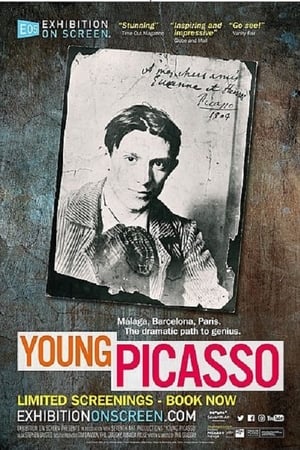 6.5
6.5Young Picasso(en)
Pablo Picasso is one of the greatest artists of all time - and right up until his death in 1973 he was the most prolific of artists. Many films have dealt with these later years - the art, the affairs and the wide circle of friends. But where did this all begin? What made Picasso in the first place? Too long ignored, it is time to look at the early years of Picasso; the upbringing and the learning that led to his extraordinary achievements.
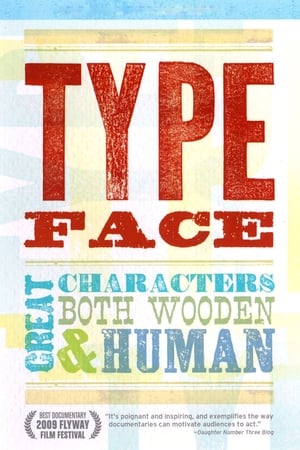 7.0
7.0Typeface(en)
The Hamilton Wood Type Museum in Two Rivers, WI personifies cultural preservation, rural re-birth and the lineage of American graphic design. At Hamilton, international artisans meet retired craftsmen and together navigate the convergence of modern design and traditional technique.
 0.0
0.0Henry Moore: London 1940-42(en)
A montage, using documentary material filmed during the war, shows the beginnings of an air attack and Londoners entering shelters. From the silent deserted streets, the film moves underground into the world of Henry Moore's shelter drawings. People sit along subway platforms, looking after their children, settling down for the night, sleeping in bunks and on the floor. Above ground London burns. Henry Moore used the eye of a sculptor in portraying the stolidity and enduring patience of a besieged people. This film brings together a unique series of drawings which are some of the most remarkable achievements of an artist during wartime. Eliminating all narration, it explores, on several metaphoric levels, the very nature of human consciousness and creativity.
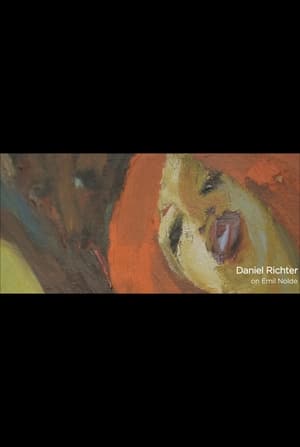 0.0
0.0Daniel Richter on Emil Nolde(en)
Emil Nolde was a Nazi – and so what, asks contemporary German artist Daniel Richter. “It’s a moralistic debate. A debate, that mirrors the moralism and bigottery of a generation that seems to think, that the world is a moral playground.” Emil Nolde’s relationship to the Nazi-regime in the Third Reich has given rise to immense discussions within the last months. For decades the broader public had a picture of Nolde being one of the “entartete” artists as well as being prohibited painting by the Nazi-regime. Though this on the surface is true, it was the result of a great disappointment to Nolde. For years, he had strived to become “the” artist of the Thrid Reich, praising his own art as true, German, anti-French and anti-Jewish. Possible competitors within the German art world like Max Pechstein he actively denounced to the Nazi authorities.
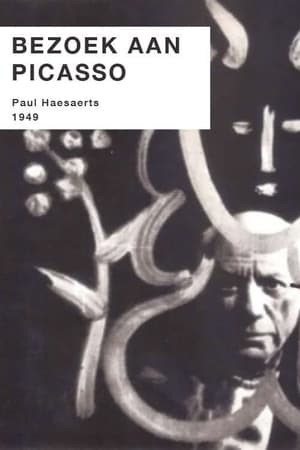 6.3
6.3A Visit to Picasso(nl)
In this short 20 minute black and white Belgian documentary, the director, Paul Haesaerts, visualised Pablo Picasso’s flow of imagination when the Spanish painter drew on large glass plates in front of the camera – like a live show of a greatest artist in performing a few masterstrokes that outlines a dove, bull, flower, man or woman and whatnot. (This technique of filming his painting from the other side of the glass plates precedes The Mystery of Picasso (1956), another famous documentary film on Picasso). (via http://www.kubrickians.com/2012/07/08/visite-picasso-1949-paul-haesaert/)
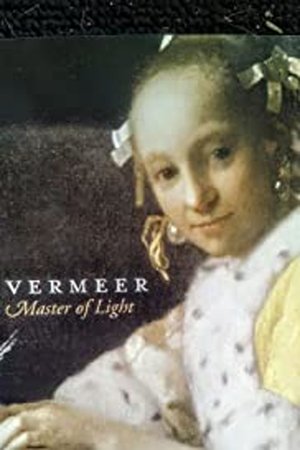 7.5
7.5Vermeer Master of Light(en)
Vermeer: Master of Light, is a visual quest in search of what makes a Vermeer a Vermeer. It is a journey of discovery, guiding the viewer through an exploration of Vermeers paintings and examining the secrets of his technique.
 7.0
7.0Before We Go(fr)
Brussels, La Monnaie Opera House. Three people near the end of their lives meet with choreographers, actors and musicians. They take part in a unique experience which involves music, dance and silence. Their journey becomes a tribute to the fragility of the human condition, between reality and representation, tragedy of the body and freedom of the spirit. Together they question their own relationship with death.
 6.0
6.0This World Is Not My Own(en)
Chewing gum sculptures, a wealthy gallerist, a notorious murder case, and the segregated south - it's all part of Nellie Mae Rowe's boundless universe. This World Is Not My Own reimagines this self-taught artist's world and her life spanning the 20th century.
 6.6
6.6Foreigners Out! Schlingensief's Container(de)
FOREIGNERS OUT! SCHLINGENSIEFS CONTAINER is a thrilling, insightful, funny chronicle and reflection of one of he biggest public pranks and acts of art terrorism ever committed. Austria 2000: Right after the FPÖ under Jörg Haider had become part of the government, the first time an extreme right wing party became state officials after WW2, infamous German shock director Christoph Schlingensief showed a very unique form of protest. Realising public xenophobia and the new hate politics in the most drastic ways possible, he installed a public concentration camp right in the middle of Vienna's touristic heart, right beside the picturesque opera where hundreds of tourists and locals pass by daily. And it was no concentration camp you had ever feared to return from the old times, but one that cynically reflected our new multimedia culture. Satirising reality TV shows, "Big Brother" especially, a dozen asylum seekers were surveilled by a multitude of cameras, could be fed and watched by.
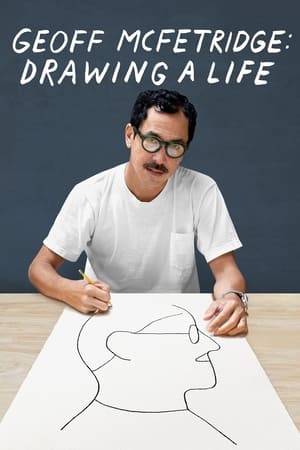 4.5
4.5Geoff McFetridge: Drawing a Life(en)
Deeply thoughtful and illuminating, DRAWING A LIFE reveals the details of artist Geoff McFetridge’s life and work while delving further into the universal questions of what makes a fulfilling life and how to live with intention in the limited time we all have.
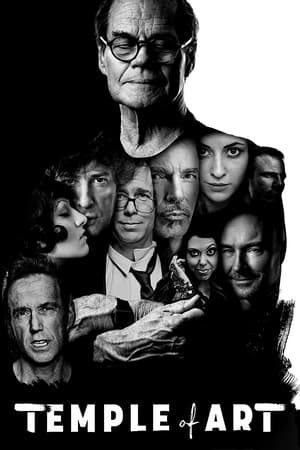 0.0
0.0Temple of Art(en)
A documentary that explores what it means to be an artist and why it's important to pursue your passion- even in the face of failure.
 0.0
0.0Condo Painting(en)
John McNaughton's spotlight on George Condo and his art. The film, which follows the progress of Condo's large-scale oil painting Big Red over the course of one year, features an appearance by Allen Ginsberg, as well as footage of Condo collaborating with William S. Burroughs on paintings the two made together at Burroughs' Kansas home in the mid-1990s.
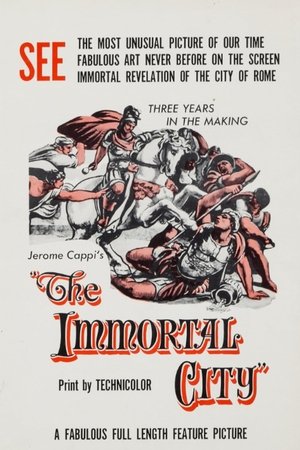 0.0
0.0The Immortal City(en)
From the legendary times of Romulus and Remus to the present day, the compelling story of the eternal city's twenty-five centuries of civilization traces the rise of Christianity over paganism through studies of Vatican art treasures.
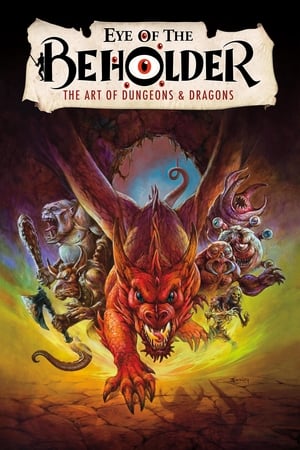 7.0
7.0Eye of the Beholder: The Art of Dungeons & Dragons(en)
A documentary that explores the history & stories behind the art that helped create the world's most popular role playing game. The movie profiles artists - both past & present - & features former company insiders, game designers, authors, & fans.
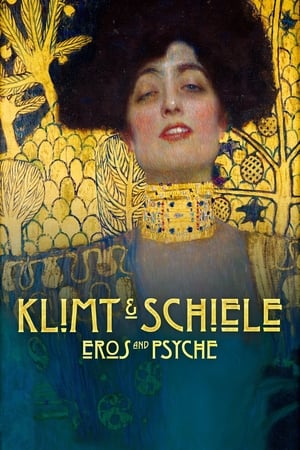 7.0
7.0Klimt & Schiele: Eros and Psyche(it)
1918. As the roar of the First World War cannons is dying out, in Vienna, the heart of Central Europe, a golden age comes to an end. The Austro-Hungarian Empire is beginning to disintegrate. On the night of October 31st, in the bed of his home, Egon Schiele dies, one of the 20 million deaths caused by the Spanish flu. He dies looking at the invisible evil in the face, in the only he can do: painting it. He is 28 years old. Only a few months earlier, the main hall of the Secession building had welcomed his works: 19 oil paintings and 29 drawings. His first successful exhibition, a celebration of a new painting idea that portrays the restlessness and desires of mankind.A few months earlier, his teacher and friend Gustav Klimt had died. From the turn of the century, he had fundamentally changed the feeling of art and founded a new group: the Secession.